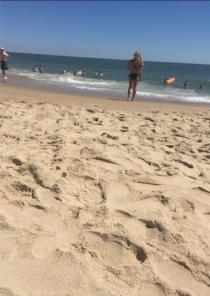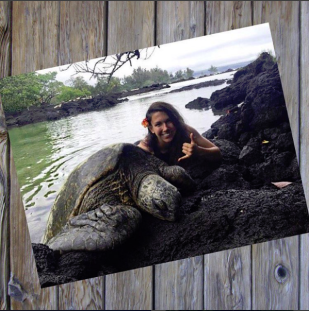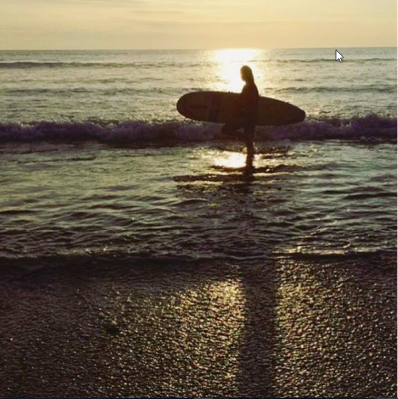It seems pretty silly that the products we wash our face and bodies with daily can be a huge danger to marine life. But in reality these little plastic beads that are in so many products can be extremely harmful. Purchasing and using these products can potentially pollute the environment, and you might not even know it.
Break-outs are the absolute worst, and so is having dry skin. Buying products that have exfoliation properties seem essential when removing deep dirt and dead skin cells. These hard little beads can be your best friend if you’re prone to the occasional peeling or even stress-acne. However, the excessive lengths we go to have flawless skin can take a harrowing toll on the environment.
How can a bead smaller than the tip of a pen hurt the ocean? The answer to this question is that one bead can’t hurt the ocean, but when large amounts end up in it they clump and become thick layers that ultimately end up at the ocean floor and don’t biodegrade. These beads are made up of polyethylene otherwise known as PE, and when all is said and done and your face is clean, all of the little beads that scrubbed your pores will go down the drain, into the sewer system, and ultimately end up in the ocean.
These beads can actually end up in our food chain when fish eat them because they do not realize what they are eating and that it is harmful. These beads can ultimately end up in our food chain when we consume fish than have consumed marine life that has ingested these beads. This is problematic for a multitude of reasons, an obvious one being that plastic is not edible, even in small doses. Another issue is that these beads can absorb harmful toxins such as PCB’s and DDT’s which are banned man-made chemicals that are still floating around in our environment because they cannot disappear. Various scientists have also explained that there is a direct correlation between these toxins and different forms of cancer in humans. These beads pose a threat not just to marine life but to our lives as well.
Fortunately, people have taken action against the use of micro-beads in products, and there have been some recent positive developments. Some companies have replaced the beads in their products with alternatives that are biodegradable. These alternatives include ground nut shells salt crystals. Other countries, such as Australia have made sure that no companies use micro-beads in their products. In 2015 President Obama proposed a bill to do the same in the United States.
There is still a lot of ground to cover, but we can help by limiting the demand for these products by switching to more organic and sustainable alternatives and products. If these companies’ target consumers are not buying the product, there will be less demand and therefore less manufacturing of these harmful materials.
Take a stand today and switch to a less harmful product. Having clear skin is nice, but having a clearer ocean is much, much nicer.









 roposition 67. The ban affects grocery stores, retailers, liquor stores, and small markets.
roposition 67. The ban affects grocery stores, retailers, liquor stores, and small markets.


